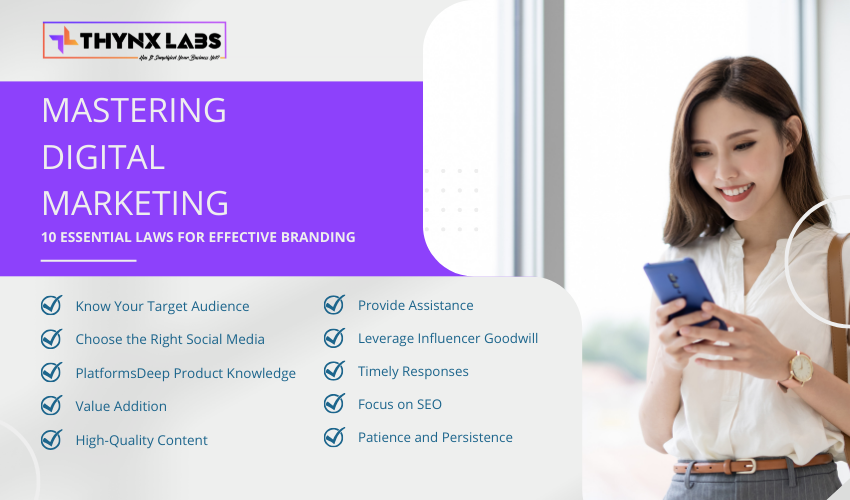Power of Influencer Marketing
Unlocking the Power of Influencer Marketing: A Comprehensive Guide for Brands
Influencer marketing has emerged as a powerful strategy in the digital marketing landscape. It allows brands to connect with their target audience in a more authentic and engaging way. With the rise of social media platforms, influencers have gained significant power to shape consumer opinions and drive purchasing decisions. In this guide, we’ll explore what influencer marketing is, why it’s important, and how brands can effectively leverage it to achieve their marketing goals.
What is Influencer Marketing?
Influencer marketing is a type of marketing that focuses on using key leaders or influencers to drive a brand's message to the larger market. Instead of marketing directly to a large group of consumers, brands inspire or hire influencers to get the word out for them. These influencers can be celebrities, industry experts, bloggers, or even social media personalities with a large following.
Why is Influencer Marketing Important?
- Authenticity and Trust: Influencers have built a strong relationship with their followers based on trust. When they endorse a product or service, their audience is more likely to trust their recommendation, leading to higher engagement and conversion rates.
- Targeted Reach: Influencers have a specific audience that follows them for their niche content. By partnering with an influencer whose audience aligns with your target market, you can reach potential customers more effectively.
- Increased Brand Awareness: Collaborating with influencers can significantly boost your brand's visibility. Their followers become aware of your brand, leading to increased recognition and recall.
- Content Creation: Influencers are skilled content creators who can produce high-quality content that resonates with their audience. This content can be repurposed across your brand's marketing channels.
Types of Influencers
- Mega-Influencers: These are celebrities with millions of followers. They have a broad reach but may not have a strong connection with their audience.
- Macro-Influencers: Individuals with a following of hundreds of thousands to a few million. They have a large reach and often specialize in specific niches.
- Micro-Influencers: These influencers have a smaller following, typically between 10,000 to 100,000. They often have a more engaged audience and a strong connection with their followers.
- Nano-Influencers: With a following of up to 10,000, these influencers have a highly engaged and loyal audience. They are often seen as more relatable and authentic.
How to Create an Effective Influencer Marketing Strategy
- Define Your Goals: Before diving into influencer marketing, it’s essential to have clear objectives. Whether it’s increasing brand awareness, driving sales, or launching a new product, your goals will guide your strategy.
- Identify the Right Influencers: Choose influencers who align with your brand values and have an audience that matches your target demographic. Use tools and platforms to find influencers that fit your criteria.
- Develop a Collaboration Plan: Outline how you want to work with the influencer. This could include sponsored posts, product reviews, giveaways, or even long-term partnerships.
- Set a Budget: Influencer marketing can be expensive, so it’s crucial to set a budget that aligns with your goals. Consider the influencer’s reach, engagement rate, and the type of content they will create.
- Measure Performance: Track the success of your influencer marketing campaigns by monitoring key metrics such as engagement, reach, website traffic, and conversions. Use these insights to refine your strategy.
Challenges of Influencer Marketing
- Finding the Right Influencer: Not every influencer will be a good fit for your brand. It can be challenging to find someone who aligns with your values and has an audience that matches your target market.
- Measuring ROI: Determining the return on investment (ROI) for influencer marketing can be difficult. It’s important to track the right metrics and use tools that can help you measure the effectiveness of your campaigns.
- Fake Followers: Some influencers may have a large number of fake followers, which can lead to a lower engagement rate and a less effective campaign. Always check an influencer's authenticity before collaborating.
Conclusion
Influencer marketing is a powerful tool that can help brands reach their target audience in a more authentic and engaging way. By carefully selecting the right influencers and creating a well-planned strategy, brands can achieve significant results. As with any marketing strategy, it’s essential to continuously monitor performance and adapt to changes in the digital Marketing landscape.
By leveraging the power of influencers, brands can not only boost their visibility but also build stronger connections with their audience, driving long-term success.


